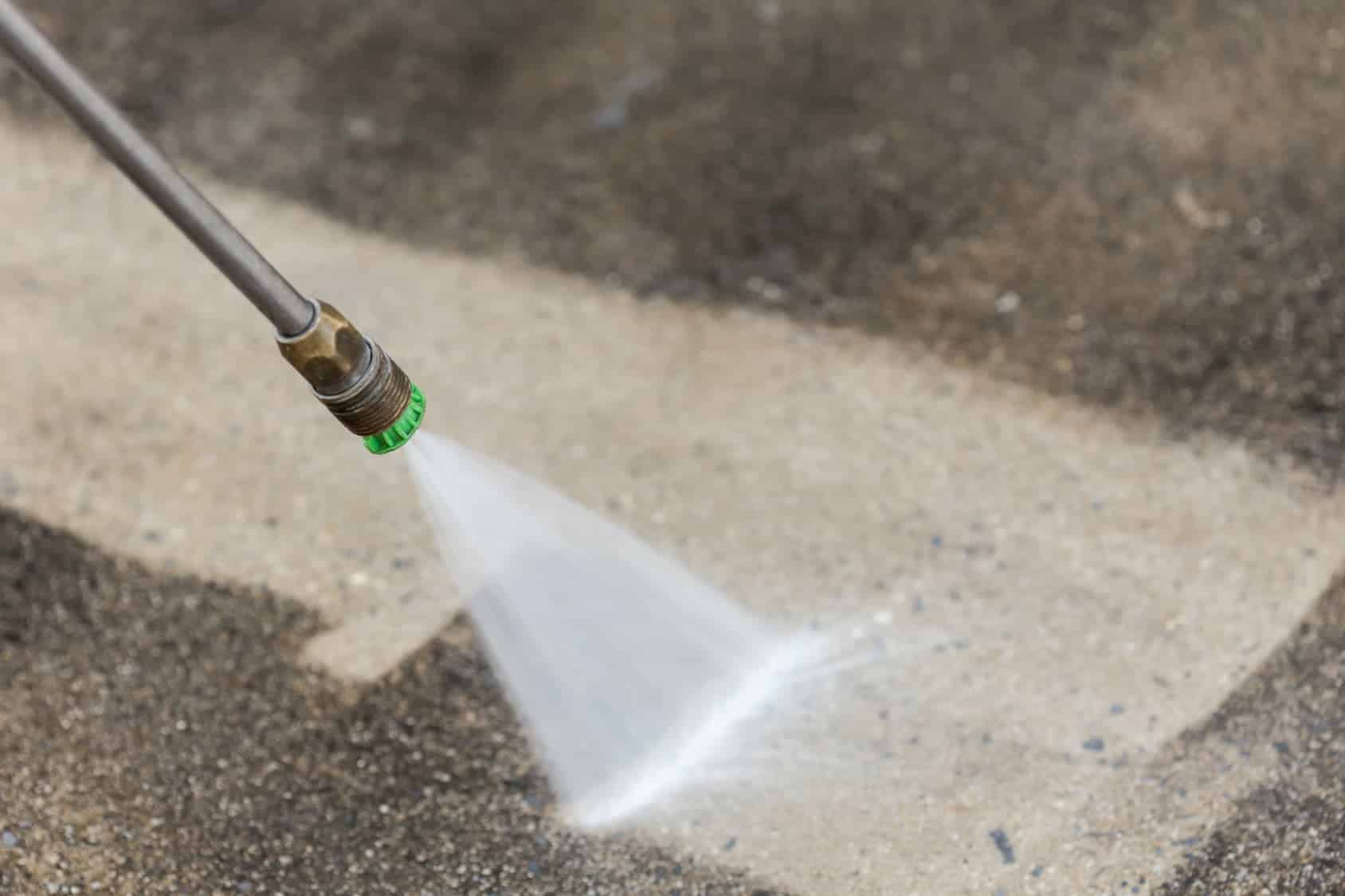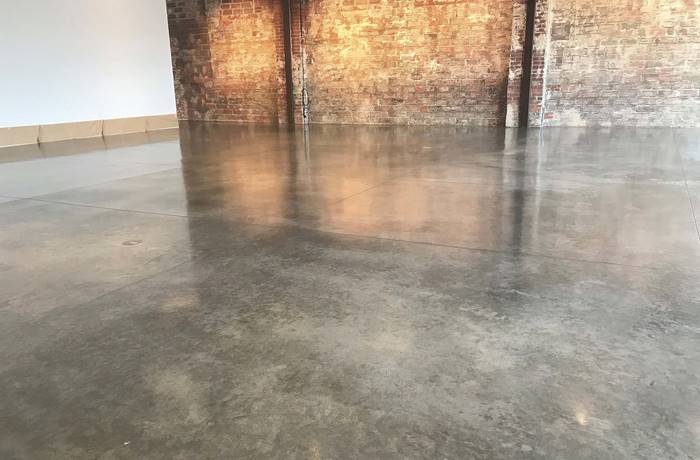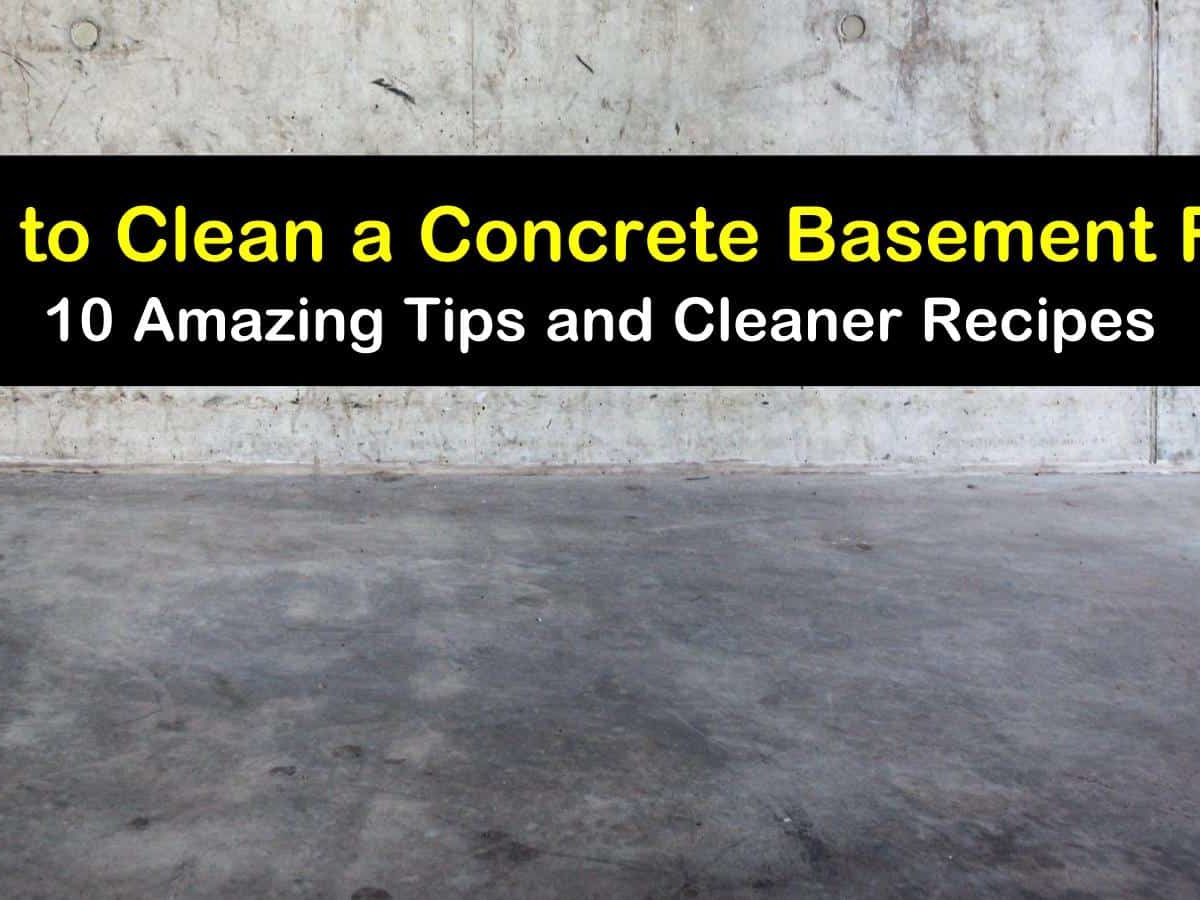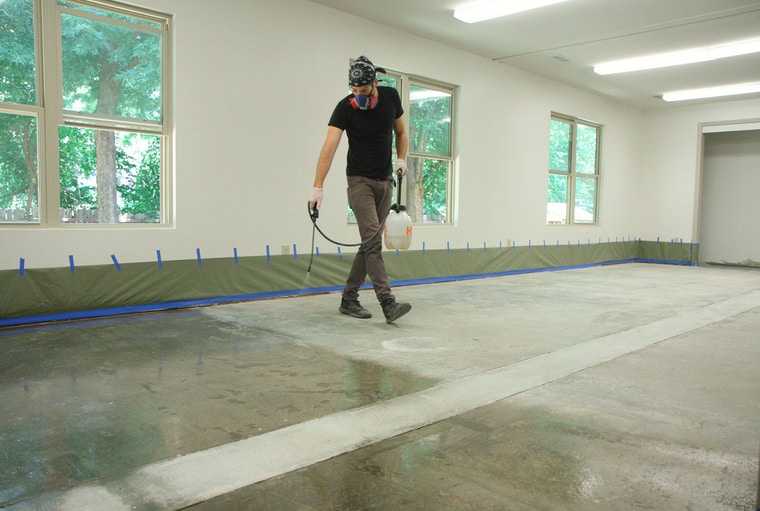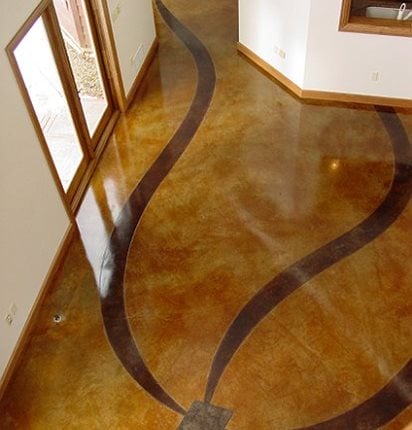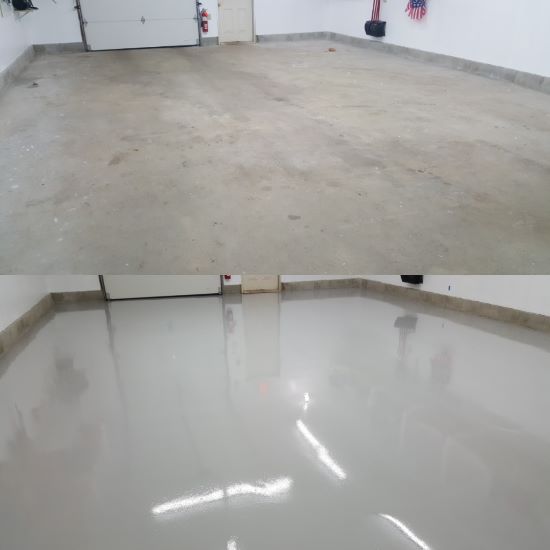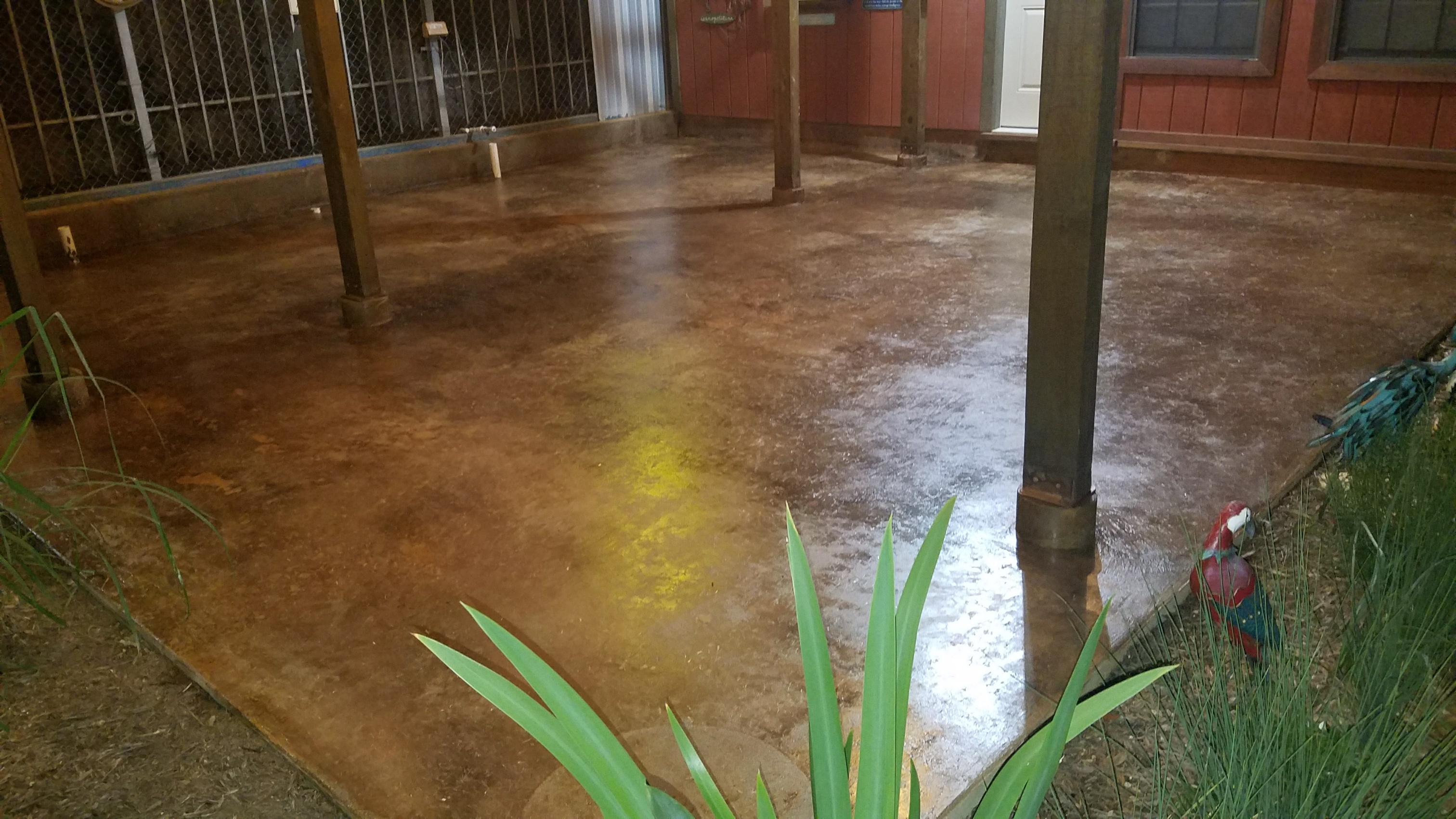Importance of Properly Cleaning Concrete Floors Before Sealing
Cleaning concrete floors before sealing is a crucial step in ensuring a successful and long-lasting seal. Properly preparing the surface not only enhances the aesthetic appeal of the floor but also improves the adhesion of the sealant, making it more effective in protecting the concrete against stains, moisture, and wear and tear. Let’s discuss the importance of cleaning concrete floors before sealing and the benefits they bring.
- Enhances Durability and Longevity: Cleaning concrete floors before sealing helps remove dirt, dust, and debris that can negatively impact the performance of the sealant. By eliminating these contaminants, the sealant can bond better with the concrete, creating a stronger and more durable protective layer. This, in turn, increases the lifespan of the concrete floor, reducing the need for frequent repairs and replacements.
- Improves Aesthetic Appeal: Concrete floors can accumulate various stains, such as oil, grease, and rust, over time. These stains not only make the floor look dull and unattractive but can also be challenging to remove once the sealant is applied. By cleaning the floor thoroughly before sealing, you can eliminate these stains and achieve a clean, uniform appearance. This enhances the overall aesthetic appeal of the concrete floor, especially in commercial or residential spaces where appearance matters.
- Enhances Adhesion of the Sealant: A clean and properly prepared surface provides a better foundation for the sealant to adhere to. By removing dirt, dust, and other contaminants, you create a smooth and even surface for the sealant to bond with. This improves the adhesion and effectiveness of the sealant, ensuring that it can provide optimal protection against moisture, stains, and abrasion.
- Prevents Future Issues: Sealing a dirty or improperly cleaned concrete floor can lead to several issues in the future. For instance, if there are still stains or debris on the surface, the sealant may not adhere properly, resulting in uneven protection and potential failure of the seal. Additionally, trapped contaminants under the sealant can cause discoloration, bubbling, or peeling over time. By thoroughly cleaning the floor before sealing, you can prevent these problems and ensure a successful sealing process.
- Saves Time and Money: Properly cleaning concrete floors before sealing can save you time and money in the long run. By investing time in thorough cleaning upfront, you reduce the chances of needing to reseal or repair the floor prematurely. Additionally, a well-cleaned surface allows the sealant to spread more evenly, reducing the amount of sealant needed for the project. This translates into cost savings and a more efficient sealing process.
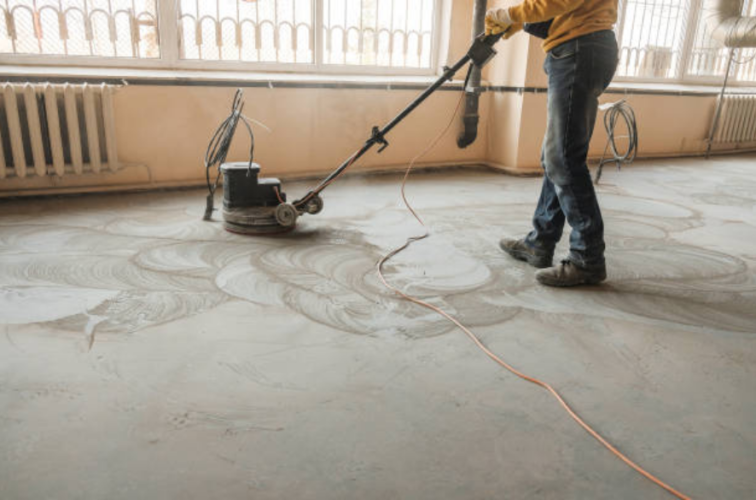
Preparing the Surface: Steps to Clean Concrete Floors
Preparing the surface of concrete floors is crucial to ensure effective cleaning before sealing. Proper cleaning techniques and steps can remove stubborn stains, dirt, and grime, creating a clean canvas for the sealant. Below are the essential steps involved in preparing and cleaning concrete floors before the sealing process.
- Clear the Area: Before starting the cleaning process, it’s important to clear the area of any furniture, rugs, or objects that may obstruct the cleaning process. This allows you to have full access to the concrete floor and ensures that you can clean every nook and cranny effectively.
- Sweep and Vacuum: Begin the cleaning process by sweeping the concrete floor thoroughly. Use a broom or brush to remove loose dirt, dust, and debris. Once the sweeping is complete, vacuum the floor to pick up any remaining particles that may have settled into cracks or crevices.
- Apply a Cleaning Solution: Next, prepare a cleaning solution suitable for concrete floors. You can use a commercial concrete cleaner or create your solution by mixing warm water with a mild detergent. Apply the cleaning solution to the floor and let it sit for a few minutes to loosen any stains or grime.
- Scrub the Floor: Using a stiff-bristle brush or a floor scrubber, scrub the entire surface of the concrete floor. Pay extra attention to areas with stubborn stains or heavy dirt buildup. Work in small sections to ensure thorough cleaning. If necessary, repeat the process in heavily soiled areas.
- Rinse the Floor: After scrubbing, rinse the floor with clean water to remove the cleaning solution and any loosened dirt. You can use a mop or a wet-dry vacuum to remove the dirty water. Ensure that all cleaning residue is completely removed from the floor.
- Allow the Floor to Dry: Once the rinsing is complete, allow the concrete floor to dry completely before proceeding with the sealing process. This may take a few hours or overnight, depending on the temperature and humidity. Avoid walking on the floor until it is completely dry.
Choosing the Right Cleaning Products for Concrete Floors
When it comes to cleaning concrete floors before sealing, choosing the right cleaning products is crucial. Different types of stains and dirt may require specific cleaning solutions to effectively remove them without damaging the concrete surface. Let’s discuss the importance of selecting the appropriate cleaning products for concrete floors and provide guidance on how to make the right choice.
Identify the Type of Stains and Dirt: Before selecting a cleaning product, it’s important to identify the type of stains and dirt present on your concrete floor. Common stains include oil, grease, rust, and various spills. By understanding the nature of the stains, you can choose a cleaning product that is specifically designed to tackle those particular issues.
Consider pH Levels: The pH level of a cleaning product is an important factor to consider. Concrete is slightly alkaline, so it’s best to choose a cleaning solution with a neutral pH level or slightly alkaline. Avoid using acidic cleaners, as they can damage the concrete surface over time. Read the labels of cleaning products to ensure they are suitable for use on concrete floors.
Test in a Small Area: Before applying any cleaning product to the entire concrete floor, it’s wise to test it in a small, inconspicuous area. This will help you determine whether the product is effective in removing stains without causing any discoloration or damage to the concrete. If the test area shows satisfactory results, you can proceed with cleaning the entire floor.
Use Biodegradable and Environmentally Friendly Products: If you are concerned about the environmental impact of cleaning products, opt for biodegradable and environmentally friendly options. These products are formulated to minimize harm to the environment while still effectively cleaning concrete floors. Look for eco-friendly certifications or labels when choosing your cleaning products.
Follow Manufacturer’s Instructions: Always follow the manufacturer’s instructions when using cleaning products on concrete floors. This includes dilution ratios, application methods, and recommended safety precautions. Using the product as directed ensures optimal results and minimizes the risk of damaging the concrete surface.
Seek Professional Advice if Needed: If you are unsure about which cleaning products to use or have specific concerns about your concrete floor, it’s always a good idea to seek professional advice. Concrete cleaning professionals can assess the condition of your floor and recommend suitable cleaning products and techniques based on their expertise and experience.
Removing Stains and Tough Dirt from Concrete Floors
Concrete floors can develop stubborn stains and tough dirt over time, making it necessary to use specific techniques and products to remove them effectively. Before sealing the concrete floor, it’s important to ensure that all stains and dirt are removed to achieve a clean and uniform surface. Here are different methods for removing stains and tough dirt from concrete floors.
Oil and Grease Stains: Oil and grease stains are common on concrete floors, especially in garages or workshops. To remove these stains, start by absorbing any excess oil or grease with a clean cloth or paper towel. Then, apply a degreaser specifically designed for concrete surfaces. Allow the degreaser to sit for the recommended time, scrub the stain with a brush, and rinse with water. Repeat the process if necessary.
Rust Stains: Rust stains can occur on concrete floors when metal objects, such as tools or furniture, come into contact with moisture. To remove rust stains, start by applying a rust remover or a mixture of lemon juice and salt directly to the stain. Let it sit for a few minutes, scrub it with a brush, and rinse thoroughly. For stubborn rust stains, you may need to repeat the process or use a commercial rust stain remover.
Organic Stains: Organic stains, such as food spills or plant matter, can leave unsightly marks on concrete floors. Begin by removing any solid debris using a plastic scraper or a soft brush. Then, apply a mixture of warm water and mild detergent to the stain and scrub gently. Rinse with water and repeat the process if necessary. For stubborn organic stains, you can use hydrogen peroxide or a commercial enzymatic cleaner.
Paint and Ink Stains: Paint and ink stains can be challenging to remove from concrete floors. If the paint or ink is still wet, blot it immediately with a clean cloth or paper towel. For dried paint or ink stains, use a paint stripper or a solvent specifically designed for the type of paint or ink. Follow the instructions on the product and use a scraper or a soft brush to remove the loosened paint or ink. Rinse thoroughly with water.
Tough Dirt and Grime: For general dirt and grime buildup on concrete floors, a combination of sweeping, vacuuming, and mopping with a mild detergent solution can be effective. Use a stiff-bristle brush or a floor scrubber for stubborn dirt. Rinse with clean water and allow the floor to dry completely before sealing.
Seek Professional Help: If you are dealing with particularly stubborn stains or are unsure about the best approach to remove them, it’s advisable to seek professional help. Professional concrete cleaners have the expertise and specialized equipment to tackle even the toughest stains and dirt, ensuring a clean and pristine surface before sealing.
Tips for Effective Cleaning and Sealing of Concrete Floors
Cleaning and sealing concrete floors provide numerous benefits, including enhanced durability, improved appearance, and protection against stains and damage. To achieve optimal results, it’s important to follow certain tips and best practices. Let’s discuss some valuable tips for effectively cleaning and sealing concrete floors.
Wear Protective Gear: Before starting the cleaning and sealing process, ensure that you have proper protective gear, including gloves, safety glasses, and a mask. Cleaning products and sealants can be potentially harmful if they come into contact with your skin or eyes, and the dust generated during cleaning can be irritating to the respiratory system.
Test the Sealant Compatibility: If you are using a new sealant product, it’s essential to test its compatibility with your concrete floor. Apply a small amount of the sealant in an inconspicuous area and observe any adverse reactions, such as discoloration or bubbling. If no issues arise, you can proceed with the sealing process.
Apply Sealant in Thin, Even Coats: When applying the sealant, it’s crucial to apply it in thin, even coats. This ensures proper coverage and prevents the sealant from pooling or forming uneven areas. Use a roller or a sprayer for larger areas and a brush for edges and corners. Follow the manufacturer’s instructions regarding the recommended number of coats and drying time between coats.
Allow Sufficient Drying Time: After applying the sealant, allow sufficient drying time before subjecting the floor to foot traffic or placing furniture or objects on it. Drying time can vary depending on the type of sealant and environmental conditions. Be patient and avoid premature use of the floor, as it can compromise the effectiveness of the seal.
Regularly Clean and Maintain the Sealed Floor: Once the concrete floor is sealed, it’s important to establish a regular cleaning and maintenance routine. Sweep or vacuum the floor regularly to remove loose dirt and debris. Clean spills promptly to prevent staining. Avoid using harsh chemicals or abrasive cleaners that can damage the sealant. Follow any specific maintenance guidelines provided by the sealant manufacturer.
Periodically Inspect and Reapply Sealer: Over time, the sealant on concrete floors can wear off and lose its effectiveness. Periodically inspect the sealed floor for signs of wear or damage. If the sealant is showing signs of degradation, consider reapplying the sealant to ensure continued protection and longevity for your concrete floor.
How to Seal Concrete Floors (with Pictures) – wikiHow
How to Clean u0026 Seal Concrete Floors : Concrete Floors
How to Remove Sealer From Concrete in a Few Simple Steps
Concrete Floor Sealer – How to Seal Concrete Floors – Concrete Network
Polished Concrete vs. Sealed Concrete u2013 Round
Concrete Sealer – How To Choose The Right Sealer For Your Concrete
Do I Have To Seal Stained Concrete?
Related Posts:
- How To Stain Concrete Floors Outdoors
- DIY Stained Concrete Floors In Homes
- Concrete Floors Look Like Marble
- Concrete Floor Slab Mix Ratio
- Dark Brown Concrete Floor Paint
- Pretty Concrete Floors
- Stained Concrete Floors For Homes
- Decorative Concrete Floor Ideas
- Pouring A Concrete Floor In A Garage
- How To Get Smooth Concrete Floor
